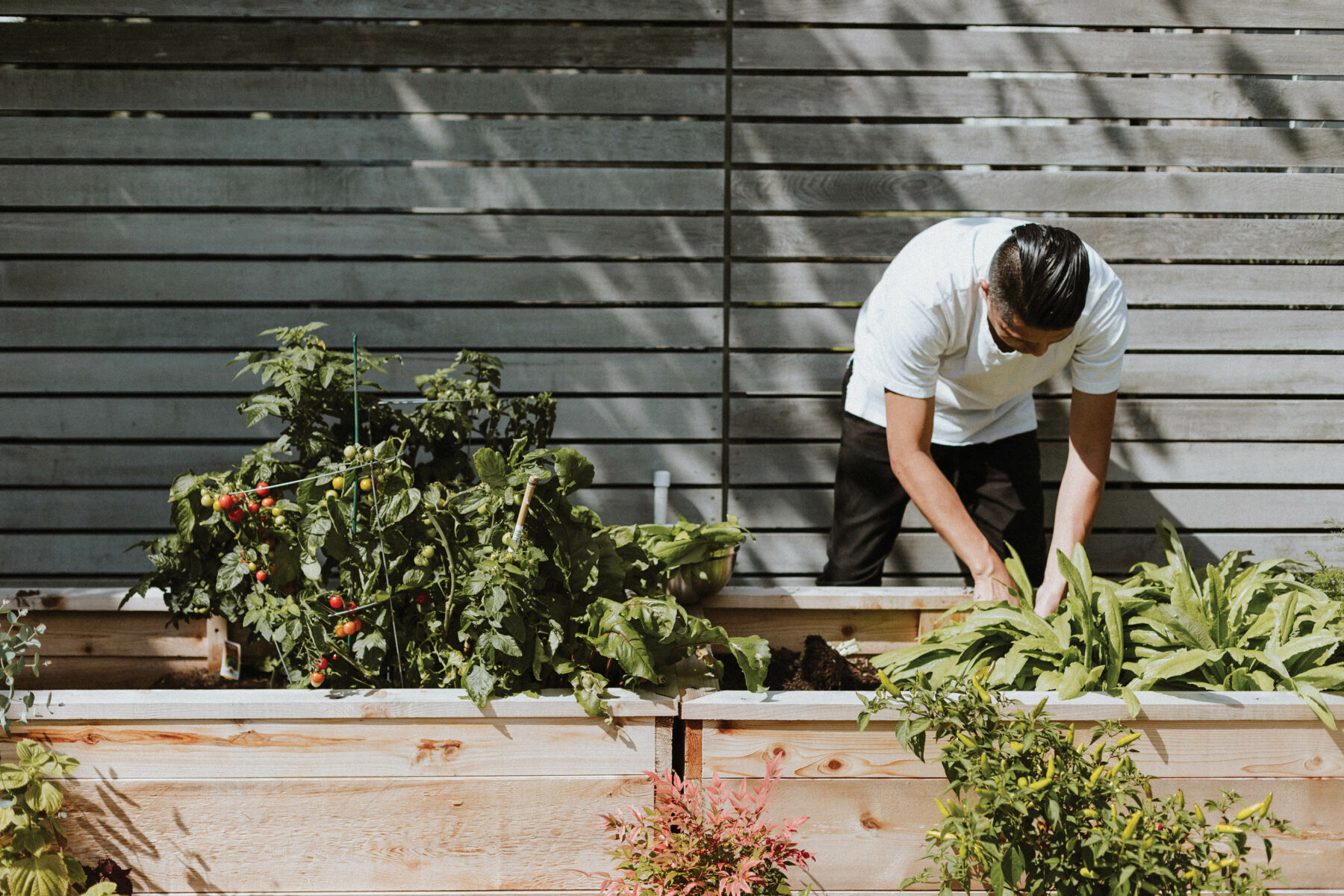The 6 P’s of Wintertime Gardening

Gardening in Austin sometimes feels like it can only be a spring, summer and fall activity — you plant in the spring, grow in the summer and harvest in the fall. But an Austin winter is no stranger to gardening, although it may look a little different than expected. Here are the six P’s when it comes to wintertime gardening.
Planting
Since most of your garden will be resting from the sowing season, you’ll probably spend most of your time upkeeping your garden and preparing for the spring. However, there are seeds you can still plant in the winter!
Lettuce, greens and spinach are all great options for wintertime veggies and can be planted as seeds or transplants, aka moving an already growing plant to a new home. Radishes and greens can also be planted as seeds. Texas A&M AgriLife Extension has a planting calendar that’s useful year-round for showing when vegetables can be sown in your garden. There are even flowers you can plant in December, such as violas, Centaurea and larkspur, allowing you to start off the primary planting season in the spring with flowers already blooming.
Protection
When the temperature drops, you’ll have to keep an eye on any new seeds you plant. Texas A&M says when the temperature is forecasted below 28 degrees, it’s best practice to cover the plants. You can do this by putting a tarp or covering over your plants and securing the edges with something heavy. The first frost will be the ultimate test because your plants will have never experienced it before, so make sure they’re protected.
Pruning
December can also be a great time to prune your other deciduous plants since there won’t be any leaves to block your view, allowing you to see the overall shape of the plant. Most of these plants will stay leafless until about February.
However, for plants that still have leaves, winter is a great time to check both plants and soil for possible diseases. If there are signs of fungal disease among your plants, remove the infected leaves and throw them away. Even if you have a compost bin, throw the infected leaves in the trash so it doesn’t spread throughout the garden.

Pests
Luckily, most pests aren’t present in the wintertime, but it’s still good practice to keep an eye out for any insects that don’t belong in your garden. If you’re interested in what pests are common in Texas, Texas A&M has an alphabetized list that can help.
Additionally, regularly check your vegetable gardens for weeds. While the weeds will still probably be young and appear harmless, disposing of the weeds before they have a chance to root will save you more time later.
Preparation
As mentioned earlier, winter is great to prepare for spring. In December, you may want to turn your compost and mulch, which involves taking a shovel or rake and moving your compost and mulch around, similar to mixing a salad. You can even spread some new compost over the vegetables you planted to give them some extra nutrients.
Wintertime can also be a great time to clean your lawn and tools. Removing any leaves or debris from your lawn allows grass to continue growing and building its reserves. In that same vein, check your tools and garden shed for any rust or signs of wear. While some tools might last even when covered, staying ahead of upkeep saves you more time and money in the long run.
Public Planting
Luckily, Austin has a wide variety of community gardens for those who wish to give back to the community, want to enjoy the company of other gardeners, need a little help with getting fresh veggies, or even want to learn the art of gardening or simply take a stroll through a garden. The Community Gardens Program has a great set-up for those interested in learning more and even has a map showcasing all the community gardens in Austin.
As winter reaches its peak, your garden can continue to thrive, whether it be through planting seeds, taking time to check your tools or simply allowing your garden time to rest.






